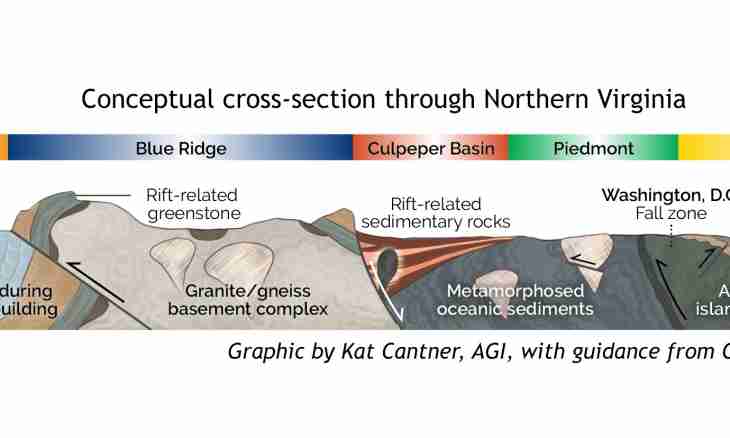At the solution of tasks in geometry it is necessary to calculate the areas and volumes of figures. If to make section in any figure, possessing information on parameters of the figure, it is possible to find also the area of this section. For this purpose it is necessary to know special formulas and to have spatial thinking.
It is required to you
- Ruler, pencil, eraser.
Instruction
1. The sphere is a special case of the simplest volume figure. Through it it is possible to carry out infinite number of sections, and any of them will be a circle. It will occur irrespective of, how close section is disposed to the center of a sphere. It is the simplest to calculate the area of the turned-out section in case it is carried out precisely through the center of a sphere which radius is known. In that case cross-sectional area is equal: S=πR^2.
2. Other figure which cross-sectional area is required to be found in tasks in geometry is the parallelepiped. It has edges and sides. A side is called one of the planes of a parallelepiped (cube), and an edge - the party. The parallelepiped which has edges and sides are equal, is called a cube. All sections of a cube are squares. Knowing this property, calculate the area of section square: S=a^2 where an is an edge of a cube and the party of section.
3. If the usual parallelepiped at which all sides are different, section is given in statements of the problem can be both a square, and a rectangle with various parties. The section which is carried out parallel to two square sides is a square, and the section which is carried out parallel to two rectangular - a rectangle. If section passes through parallelepiped diagonals, it also is a rectangle.
4. multiplication of diagonal of the lower basis by parallelepiped height: S=d*h where d is the diagonal of the basis, h is basis height.
5. A cone - one of those figures of rotation which sections can have various form. If to cut a cone parallel to the lower basis, the circle will be section and if to carry out section in parallel in half through cone top, the triangle will turn out. In other cases trapezoid figures will be sections. If section is the circle, calculate its area on the following formula: S=πR^2. The area of cross-sectional representing a triangle it is equal to the work of a half of the basis on height: S=1/2f*h where f is the basis of a triangle, h is triangle height.
